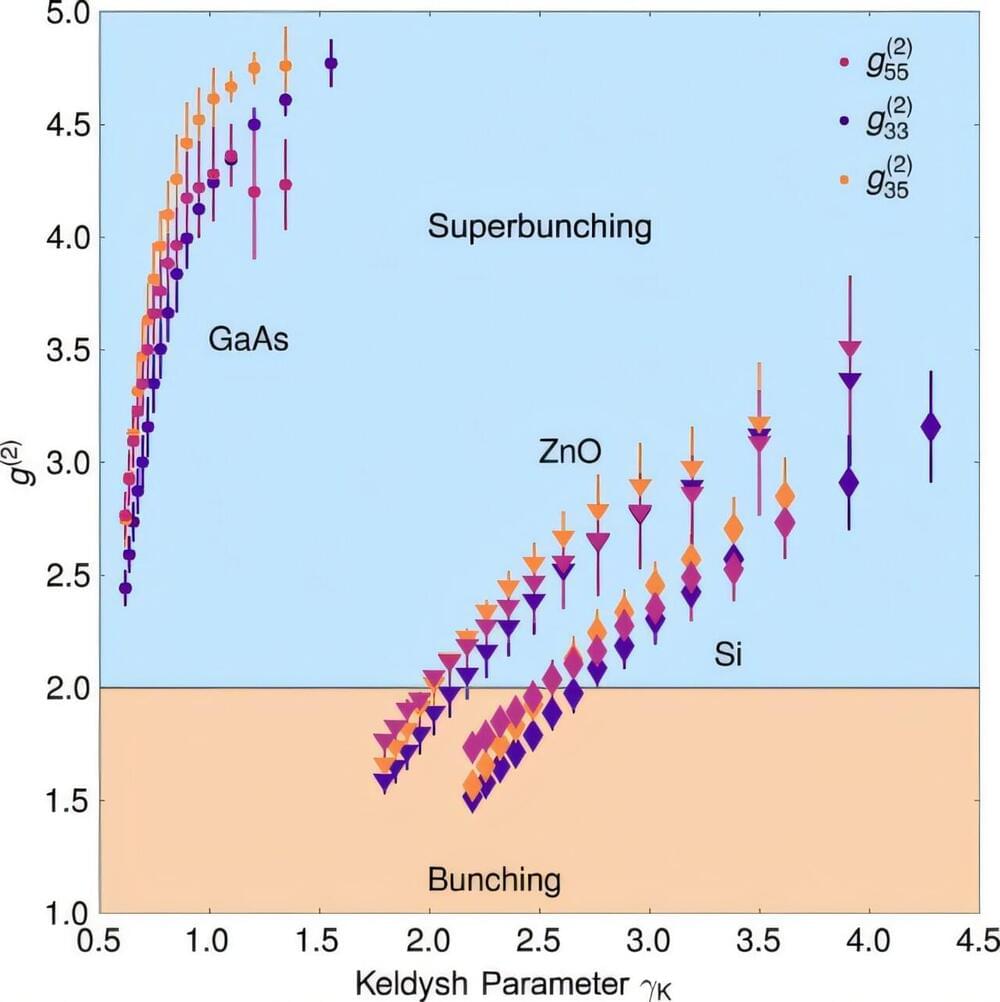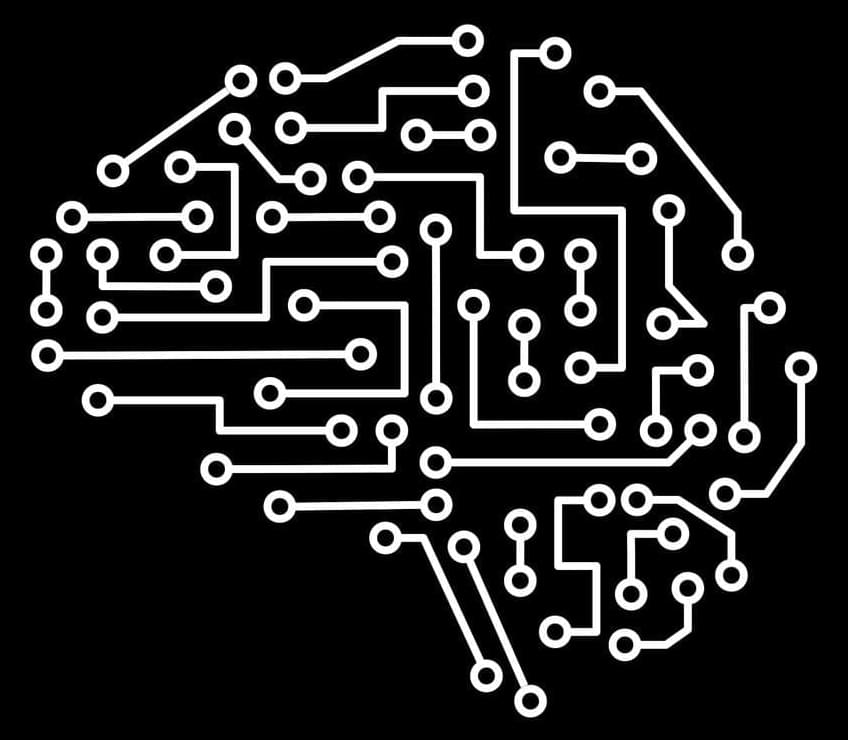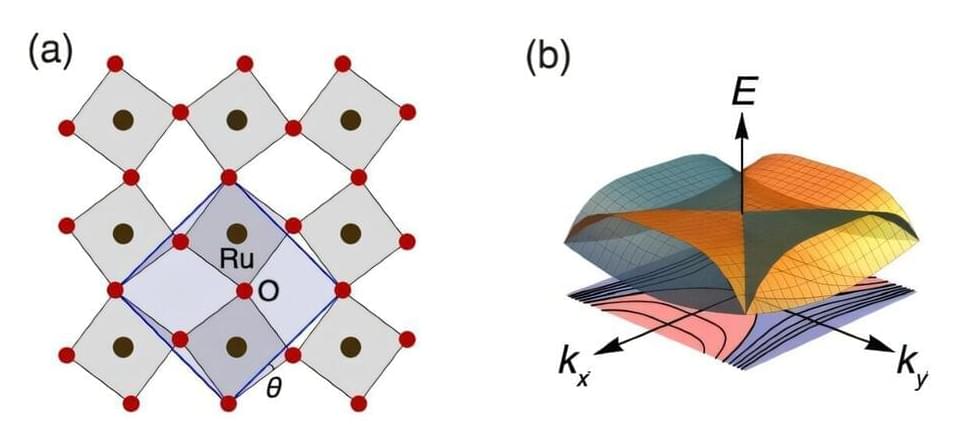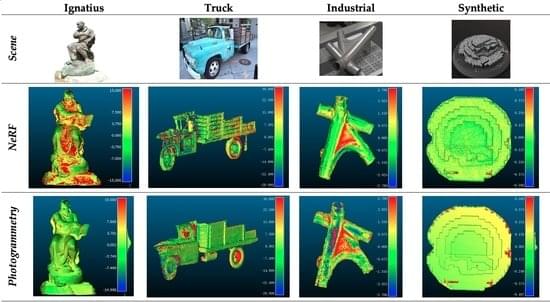On September 12 2024, Sam Altman, Chief Executive Officer of OpenAI, participated in a fireside chat for University of Michigans students, faculty and staff. The ChatGPT developer head spoke about the future of AI and its implications for education, as well as the challenges and opportunities presented by rapid technological advancements. Altman also shared insights into OpenAI’s new reasoning model, Strawberry, a model he describes as capable of complex reasoning and problem-solving.
“You all are going to create things that astonish us. The story of human history is that we build better tools, and then people do even more amazing stuff with them, and they themselves, you know, add their layer of scaffolding. And we’re on this steadily increasing curve of possibility.”
https://news.engin.umich.edu/2024/09/.…
—
Watch more videos from Michigan Engineering and subscribe: @MichiganEngineering
The University of Michigan College of Engineering is one of the world’s top engineering schools. Michigan Engineering is home to 13 highly-ranked departments, and its research budget is among the largest of any public university.
http://engin.umich.edu.
Follow Michigan Engineering:







